REBECCA REEVE
SUN BREATHING
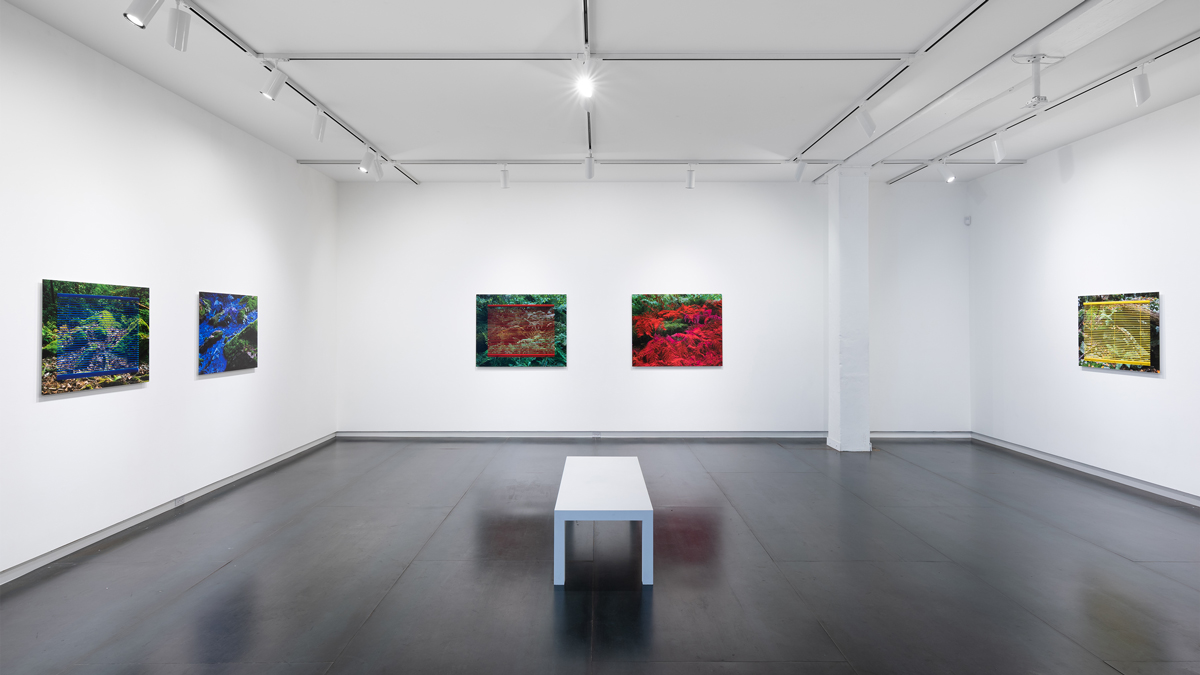
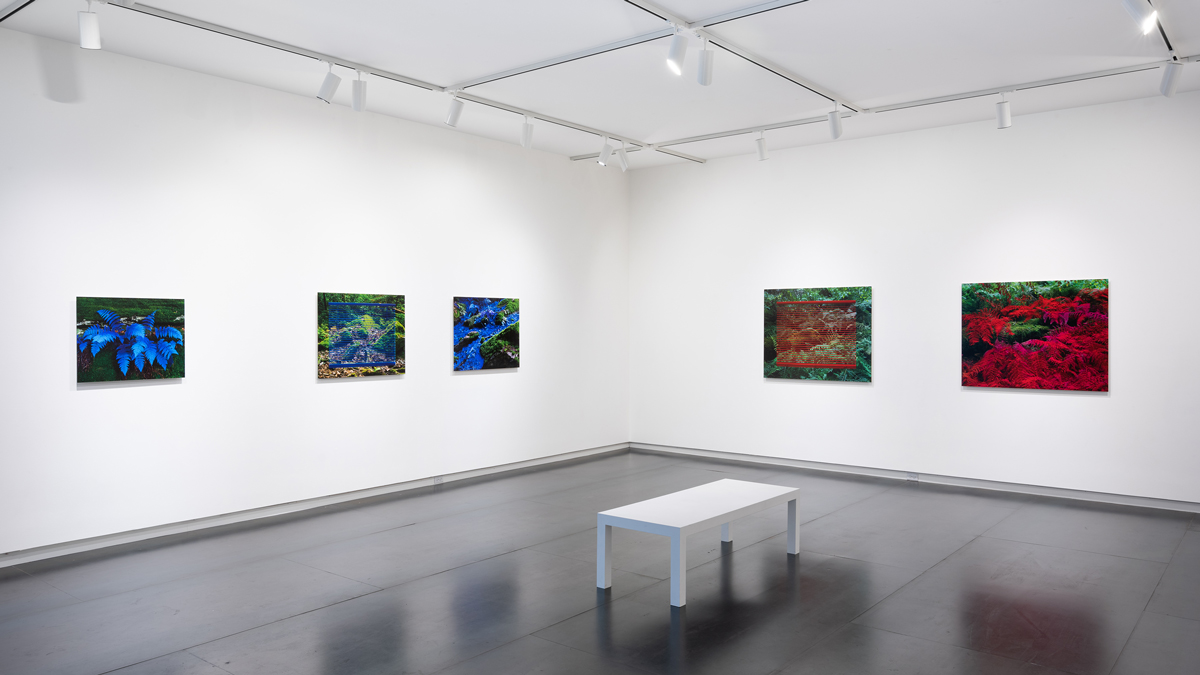
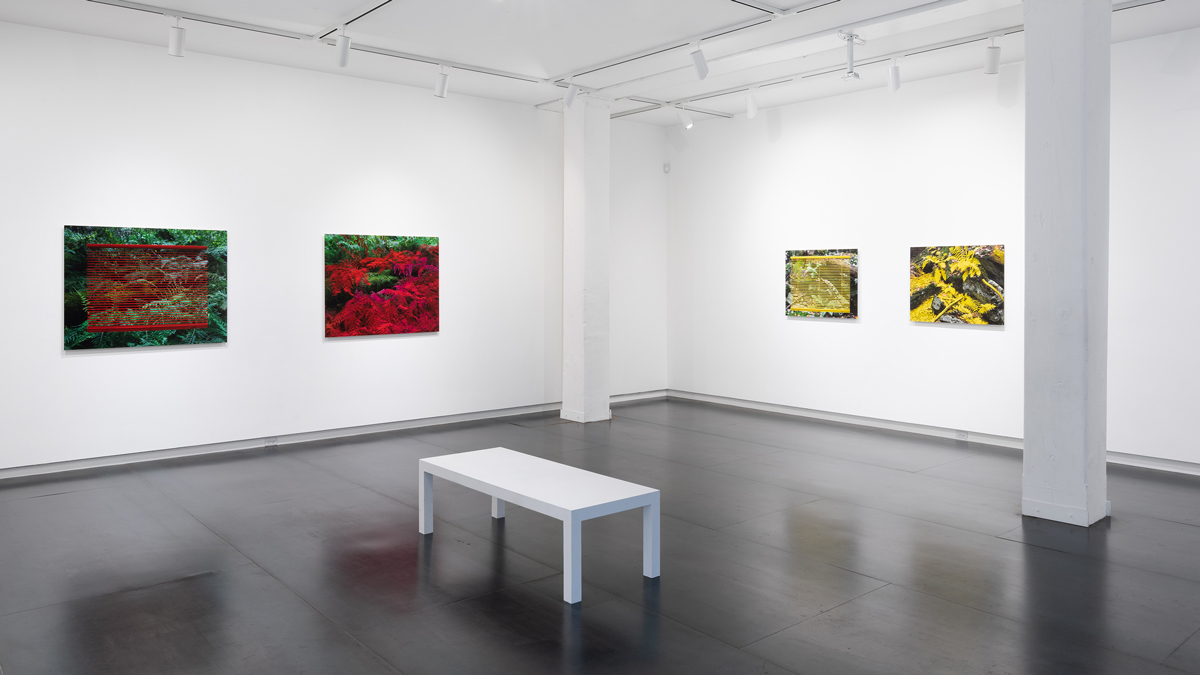
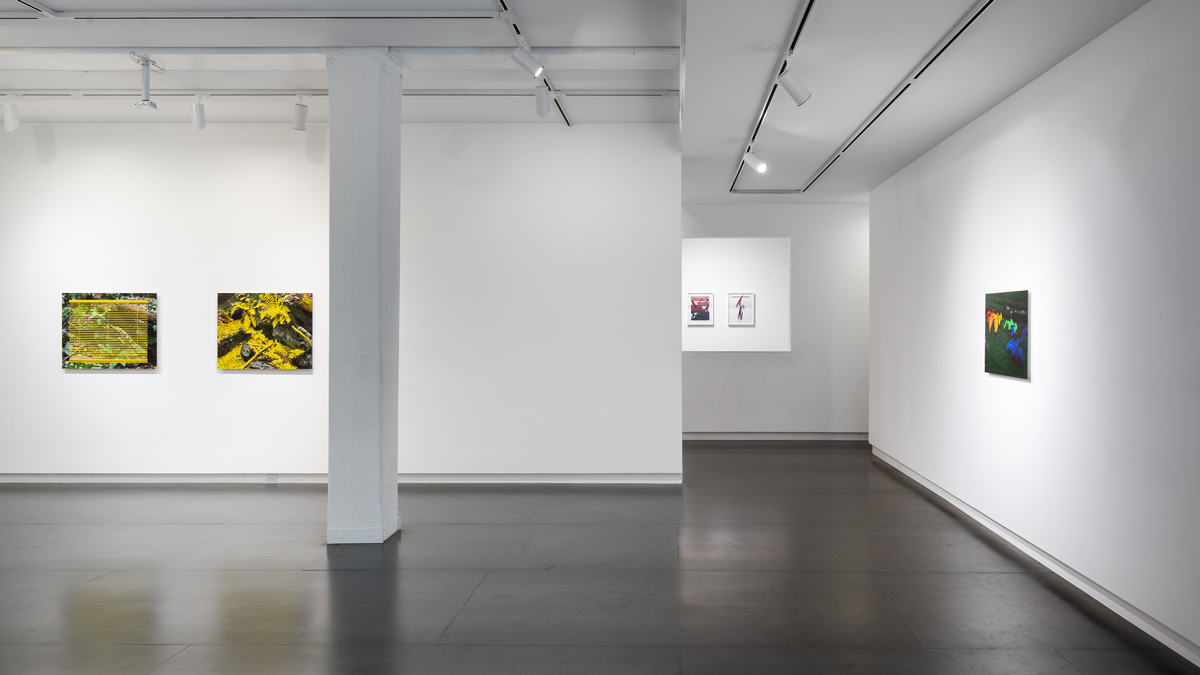
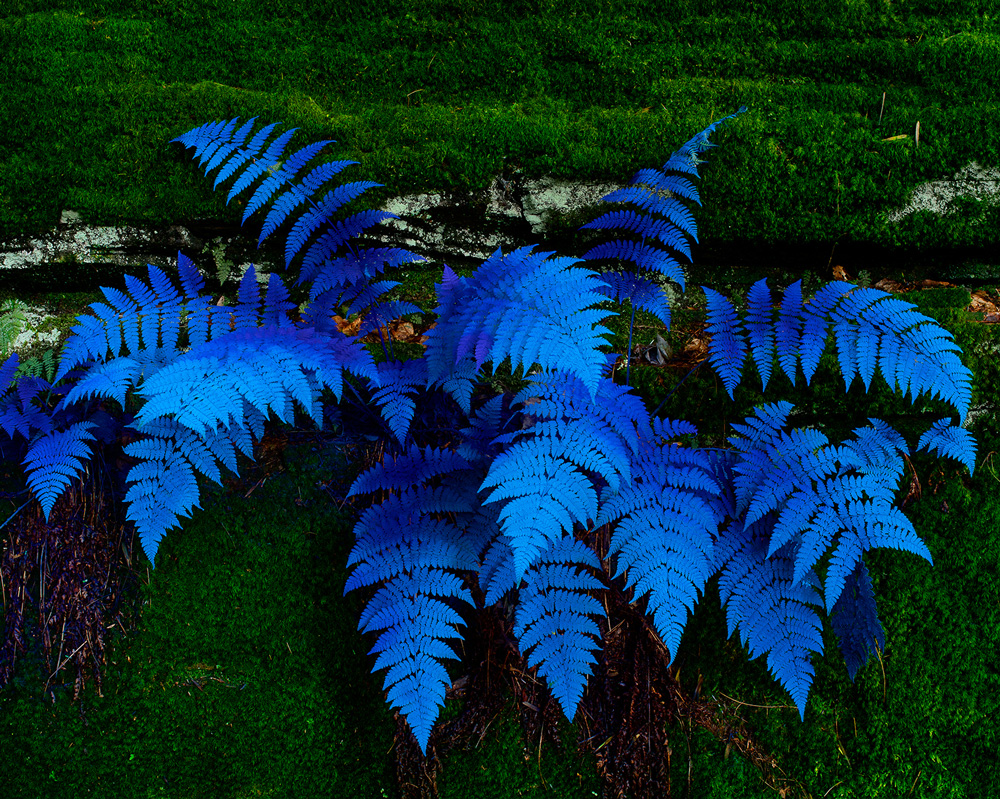
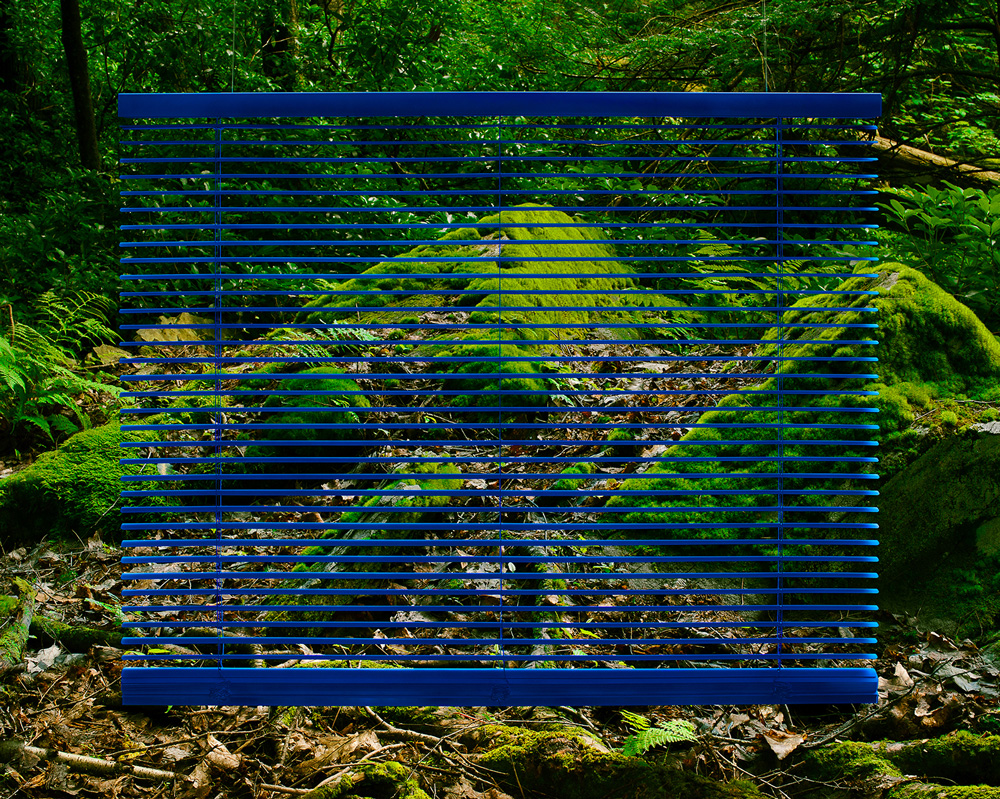
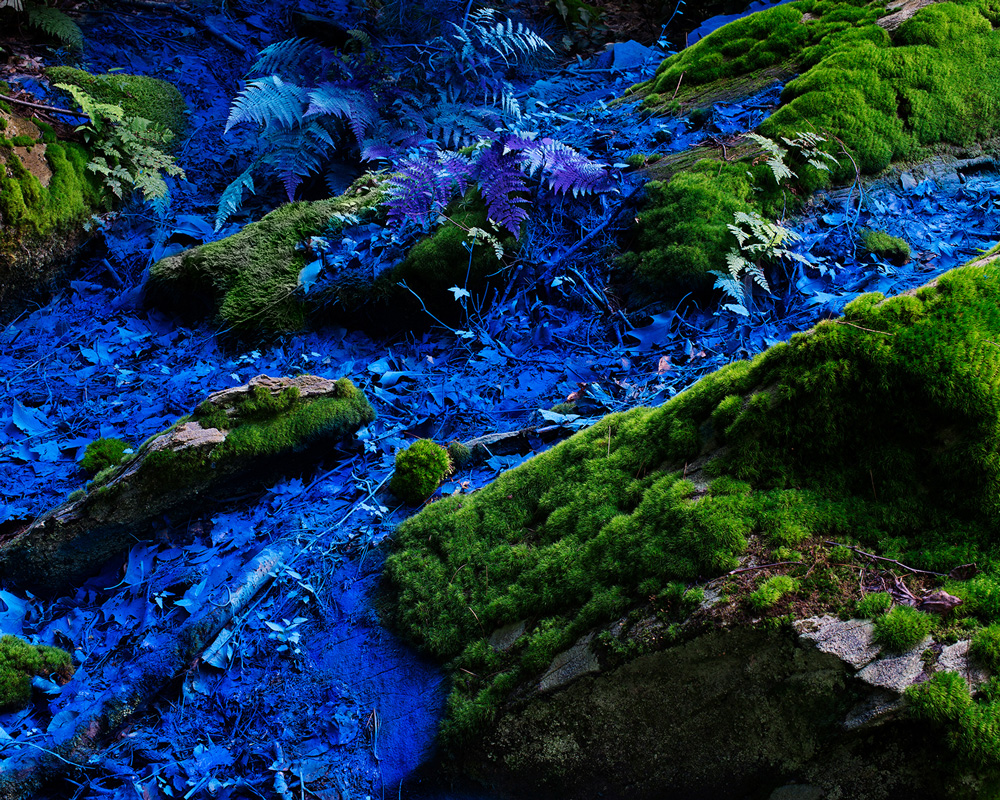
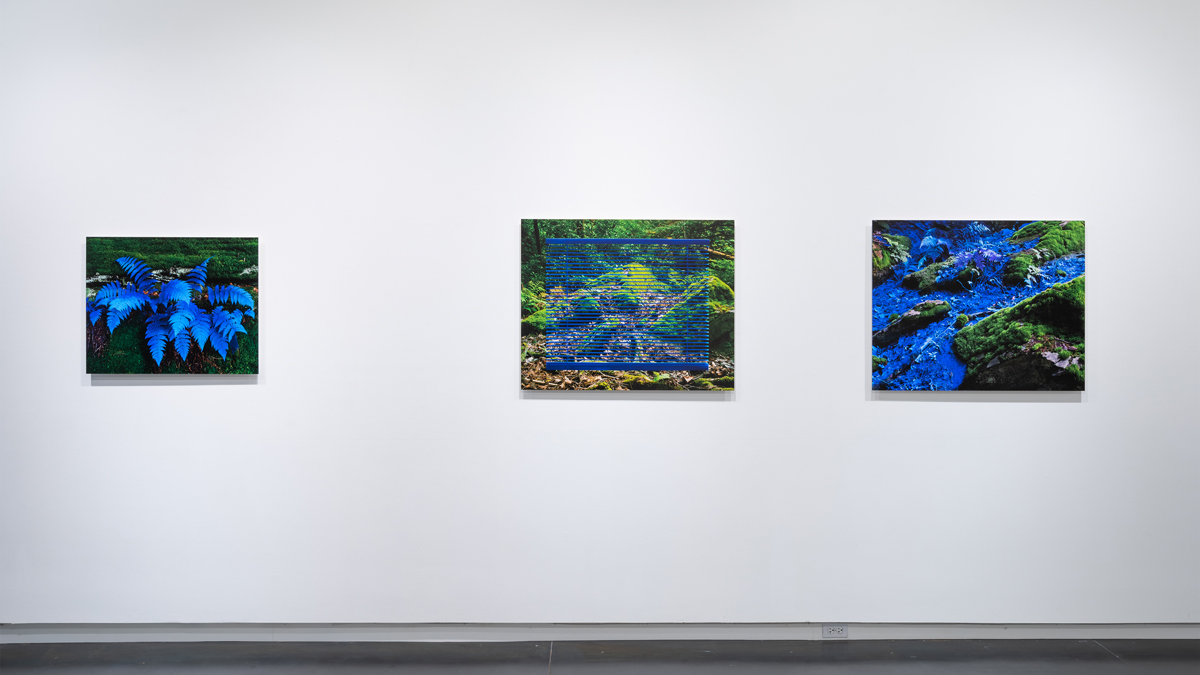
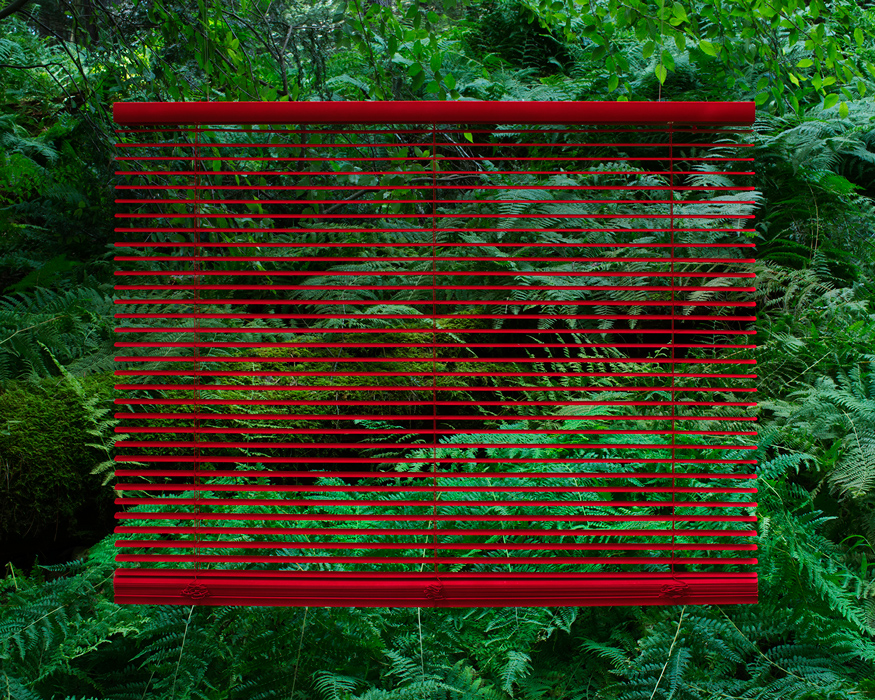


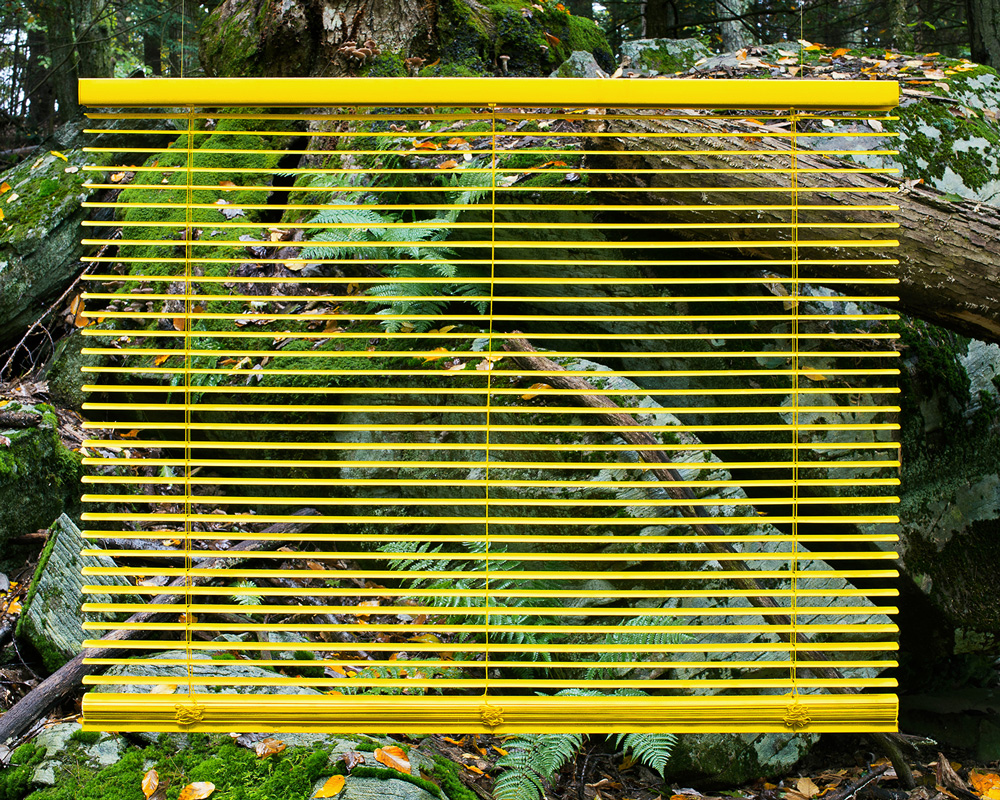
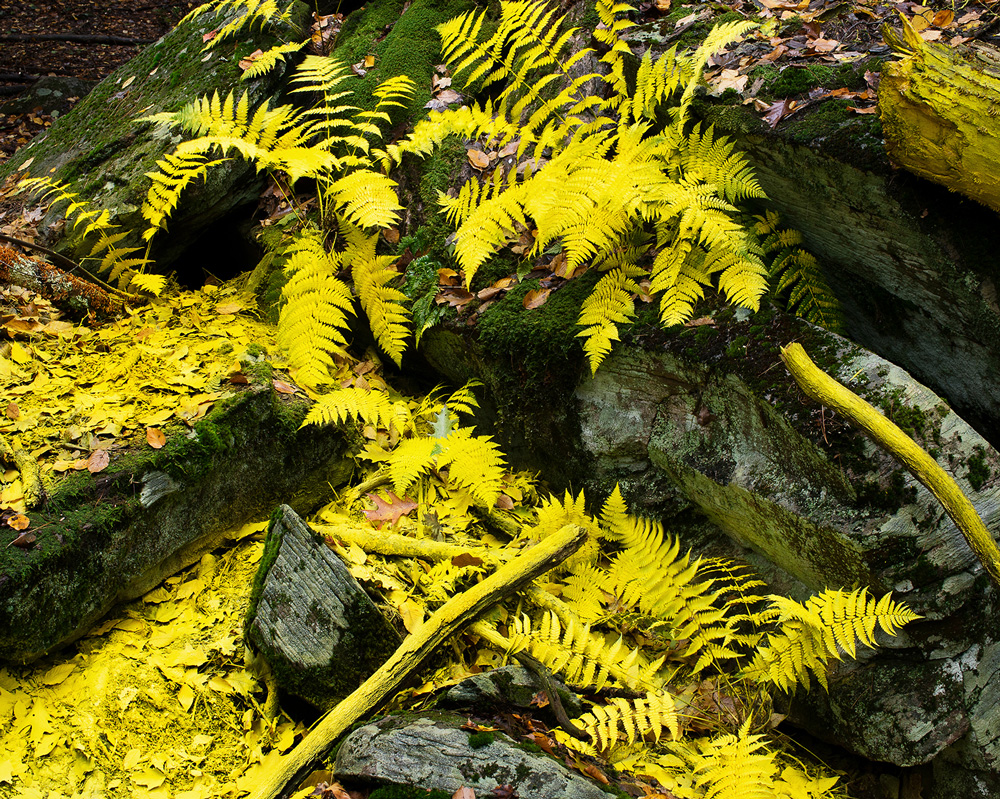
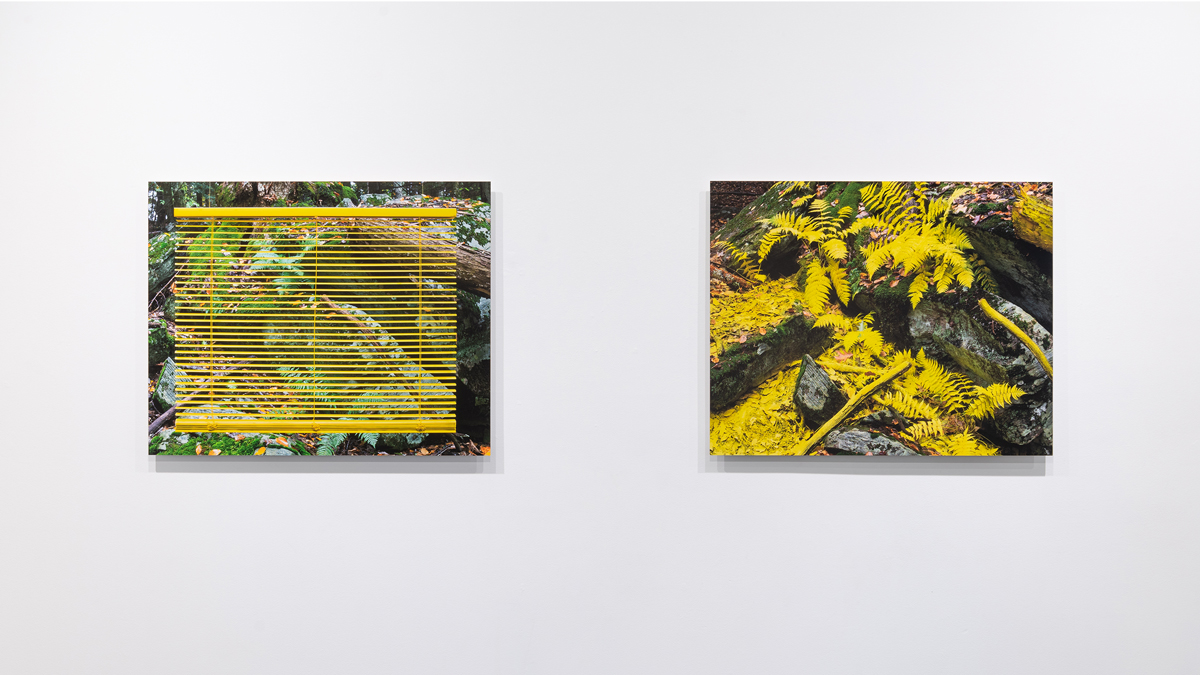

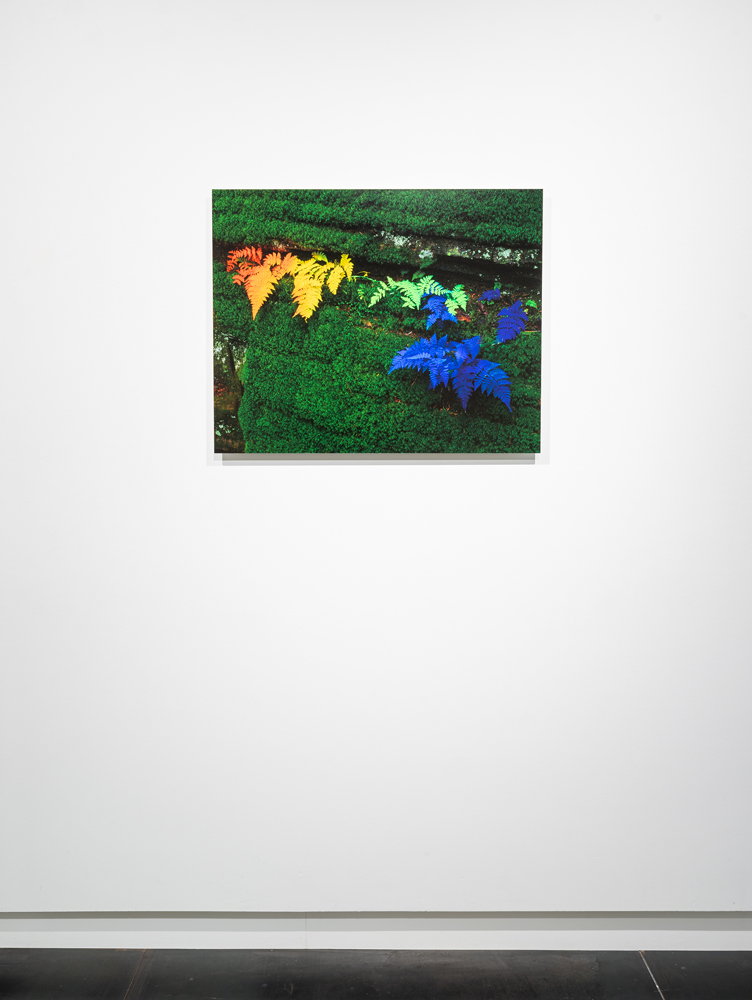
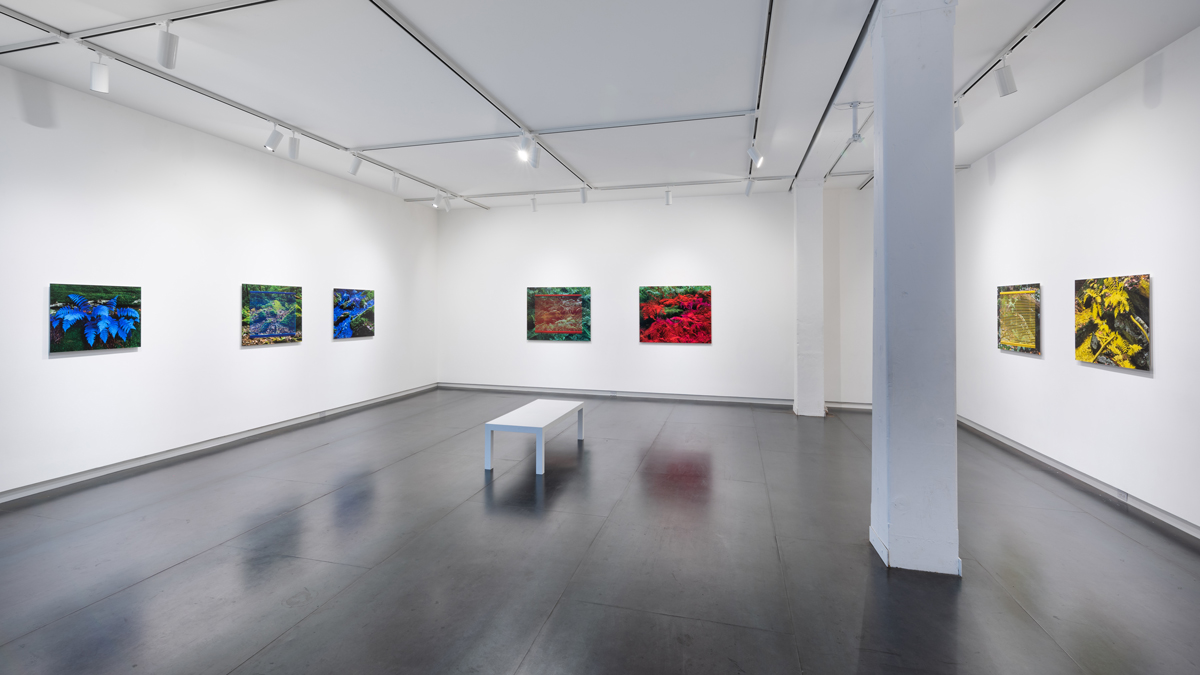
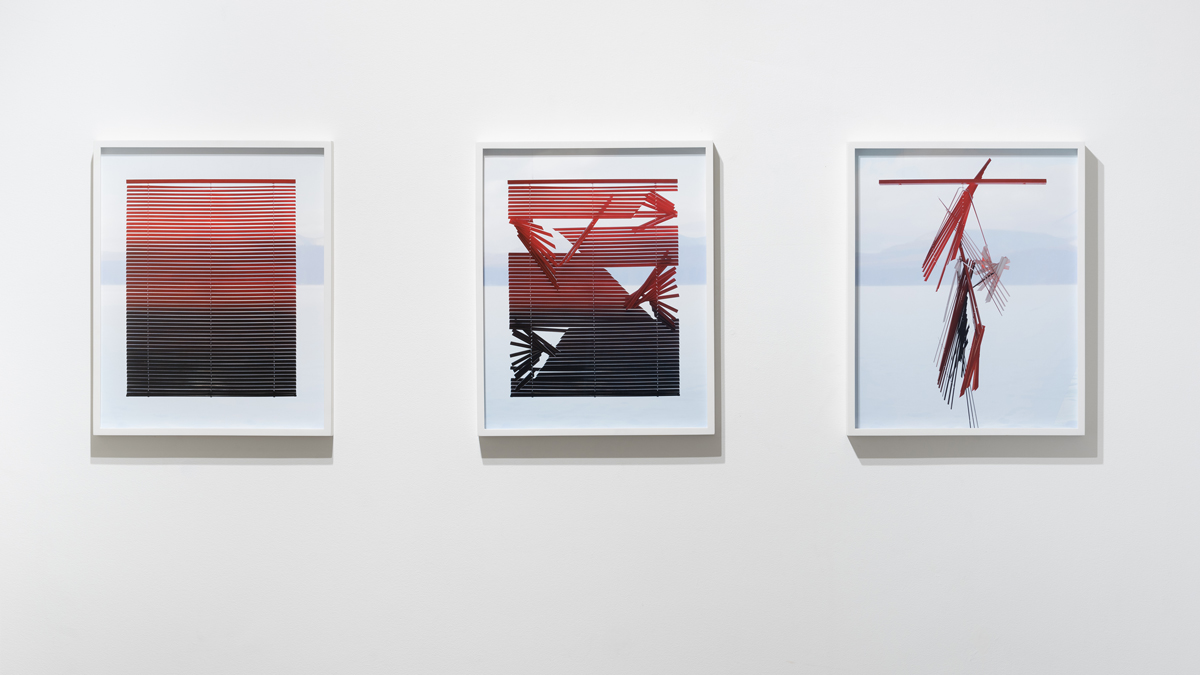
January 3 – March 2, 2019
First Thursday opening January 3, 6:00 to 8:00pm
THE WORK
For her first solo exhibition at Upfor, artist Rebecca Reeve debuts Sun Breathing, a new body of photographic work. In the past, Reeve has used Venetian blinds, a grid-like form, as a means to capture, arrange and organize the landscape, painting them en plein air in response to the location. Images in Sun Breathing alternate her use of the gridded landscape with scenes in which she paints elements in the landscape itself. “A dialogue developed between the resulting pairs of images,” Reeve explains, calling them “a study in contrasts, the dichotomy of control and release."
THE ARTIST
Rebecca Reeve (b. 1973 in London, England) lives and works in New York, NY. She approaches landscape as a source for investigation and perceptual experimentation in her lush, photographic works. Reeve was Artist in Residence at Stoneleaf Retreat, NY (2018), Joshua Tree National Park, CA (2016) and Everglades National Park, FL (2013). She was named an Artist in Exploration by the Explorers Club unwritten by Rolex, USA (2013) and was a finalist for the Julia Margaret Cameron Award (2011). Numerous publications have featured her work, including Whitewall Magazine, Oxford American, Wall Street International, Lenscratch and Aesthetica’s forthcoming December/January edition. Reeve holds an MVA from the University of Sydney, Australia and BFA from Bath Spa University, UK.
PRESS
The unexpected potential of venetian blinds in the forest - Oregon ArtsWatch
Rebecca Reeve at Upfor - Visual Art Source
Portland art exhibits to include in your New Year’s resolutions - The Oregonian
ARTIST’S STATEMENT
The observation and charting of biological rhythms is a recurrent theme in my work and these pictures were taken over the course of one summer in Upstate New York.
The series takes its title from the recently discovered atmospheric phenomenon induced by the sun, of the rhythmic expansion and contraction of Earth’s atmosphere on a nine-day cycle. This ‘breathing’ corresponds to changes in the sun’s magnetic fields as it completes rotations once every 27 days. It is also a reference to the drastic seasonal changes and resultant patterns recorded by the 20 year NASA SeaWiFS study, which take place on the planet as plant life blooms and dies over the course of each year.
Man’s quest to understand and map his physical environment has resulted in the development over centuries of a cartographic system. Dots dating to 14,500 BC have been found on the walls of the Lascaux caves mapping out part of the night sky. Contour lines used to describe a land’s surface were used as early as 1746. Experimentations as early as 1870 in illuminating contour lines to help visualize terrain were made, but it was not until 1950 when the Tanaka (Relief) Contours technique was developed, that lines highlighted or shaded depending on their relationship to a light source in the Northwest, were employed in the cartographic methodology.
The series of pictures titled Through Looking (2015 -), using a window blind, a common household object, seemed to allude to this cartographic system. By placing the blind in the landscape itself, the viewer’s gaze was led to the landscape beyond by looking through this portal like object, replicating the act of viewing through a window. The topographic nature, and the visual experience of such, was addressed in a new way. The grid like form activated the scene, the network of lines served as a tool for arranging and organizing the information. It imparted a democratic character to the composition, a demarcation of space into numerous equal units engaging the entire surface area, the edges becoming as important as the centre. The tendency of our visual system, to simplify a scene into the main object and the background, according to figure-ground perception, was challenged.
Sun Breathing continued these experiments in perceptual experience. Working in the en plein air method as in the earlier series, I painted the blinds in situ ‘mapping’ a given area with a grid form, but the practice began to evolve from painting onto an object within the landscape into using the landscape itself as the surface on which to paint. I was now charting the contours of the foliage with my hand as I painted it.
A dialogue developed between the resulting pairs of images, a study in contrasts, the same scene both with and without the blind, the dichotomy of control and release. I began to realize that the inherently binary nature in the very act of breathing was being echoed. The experience of being absolutely present with the immersion in nature was akin to the mindfulness practice of focusing on the breath. In the words of leading Indian scholar T. Krishnamacharya: Inhale, and God approaches you. Hold the inhalation and God remains with you. Exhale, and you approach God. Spending many hours alone in the landscape while I have made these pictures has always felt very much a communion both with nature and with spirit.
Visible light, also known as white light, consists of a collection of component colors – ROYGBIV. The three colors red, yellow and blue being the common set of primary colors, often used in painting, seemed to be the appropriate starting point of enquiry. The color served as a connector between the pairs of images, transferring it from the blind in one image onto the landscape in the other. In painting the landscape however, the color processing and color-memory association functions of the brain were confused. Landscapes are not typically these primary colors and so the form of the topography was experienced in a new way.
I have come to understand in my practice that I have been as much a portal as the window props themselves. As I have made work in response to this experience, my hope has been that these pictures will serve to engage the viewer in much the same way. To share that sense of wonder and of beauty and of ultimately coming home, to our true natural state, that I have been fortunate enough to have experienced. The pivoting of these rigid slats to reveal a landscape beyond is very much a metaphor for the human condition; Like gills giving life, allowing air, they are allowing vision. A shifting of perception leading to a new way of seeing.
– Rebecca Reeve
